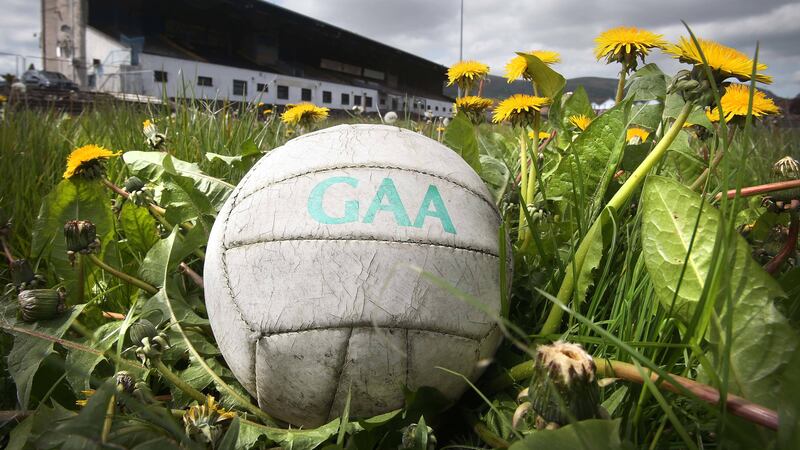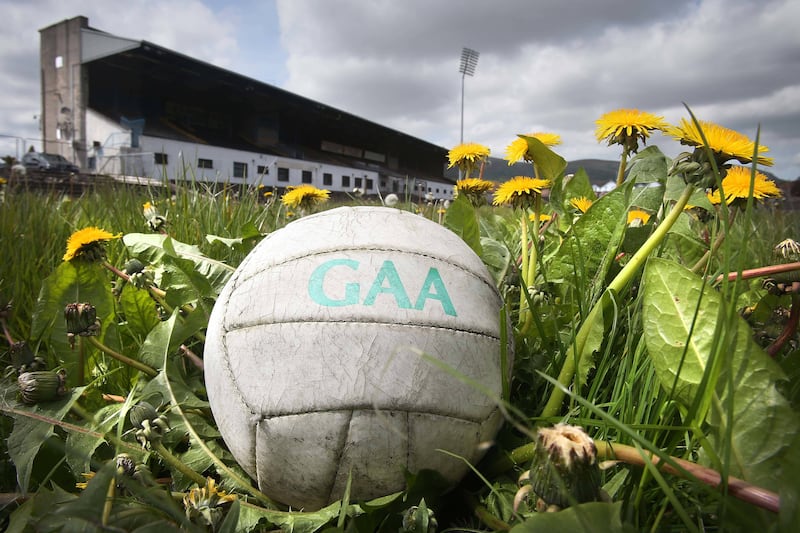THE world-renowned architect behind the projected redevelopment of Casement Park will refute safety concerns about the proposed stadium before a Stormont committee tomorrow.
Mike Trice is Senior Principal Architect at Populous, the firm which has designed iconic venues including the Olympic Stadia in London and Sydney, Yankee Stadium in New York, the Aviva in Dublin, and Arsenal’s Emirates Stadium. Trice himself was project architect for Belfast’s own Odyssey Arena.
Trice will go before the Department of Culture, Arts, and Leisure (DCAL) committee tomorrow along with leading figures from Ulster GAA.
The GAA team that will give evidence will comprise Danny Murphy (Chief Executive and Secretary of Ulster Council GAA), Tom Daly (Chair of the Casement Park Provincial Project), Paraic Duffy (GAA Director-General), Oran McCloskey (Project Director of the contractors, Heron Buckingham Joint Venture), and project designer Trice.
Trice’s knowledge of stadium safety has led to him being consulted heavily on the development of the Fifth Edition of the Guide to Safety at Sports Grounds, known as `the Green Guide’.
It is anticipated that Trice will make clear that he would not jeopardise his reputation or that of Populous by taking any risks with safety at Casement Park.
The original planning approval for a 38,000-seater stadium was quashed by Mr Justice Horner last December after a Judicial Review brought by residents.
The judge described the decision-making process as fundamentally flawed, identified failures in the environmental impact assessment and found that the impact of bigger crowds on surrounding roads had not been properly examined.
Mr Justice Horner also pointed to environment minister Mark H Durkan never being told of police concerns about safety issues around having huge crowds attending an event.
In April, Paul Scott, chair of the Safety Technical Group, told the DCAL committee that he was put under "undue pressure" to approve plans for the new ground by officials from the department. Mr Scott also said that he had been expressing concerns about the stadium design for two years.
However, it is understood that the GAA delegation will strongly reject any suggestions that they put safety at any risk whatsoever at the Andersonstown Road venue.
The GAA will point to its expertise in handling large attendances. As Ireland’s largest sporting organisation, the GAA hosted more than 1,000,000 spectators throughout its Championship fixtures last year, including crowds in excess of 80,000 for major games.
The Ulster Senior Football Championship has been achieving increased crowd attendances again this year, with approximately 93,000 spectators attending the games so far. 137,000 fans attended Ulster SFC games last year with a full capacity of more than 31,500 at St Tiernach’s Park in Clones for the Ulster football final last July.
Speaking about the Casement project last year, Trice commented: “Our contemporary stadium design is sympathetic to the local environment and surroundings, whilst reflecting the history, ethos and commitment of Ulster GAA to promoting traditional Irish sports.
“We look forward to seeing this provincial stadium draw greater numbers of visitors to Northern Ireland to watch games and participate in conferences and community events, increasing participation in Gaelic Games and bringing local communities together.”
Ulster GAA is determined to make Casement Park its provincial hub. Despite expressing his disappointment with the outcome of the judicial review, Tom Daly, Chair of the Casement Park Provincial Project commented: “We are fully committed to transforming Casement Park and building a provincial stadium for Ulster which will provide a longstanding legacy for Gaelic Games as well as significant social and economic benefits.
"We welcome that the judgment found the siting, size, and scale of the Casement Park development were not contrary to planning policy."



